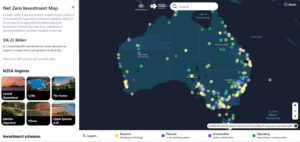On Monday, Hawaii’s Mauna Loa Observatory measured CO2 levels in the air of 398.36 parts per million (ppm). And that means carbon dioxide, the main gas driving climate change, will soon hit 400 ppm for the first time in human existence
The world’s longest unbroken record of atmospheric CO2 levels is the “Keeling Curve” measured at Mauna Loa since 1958. The curve was initiated by Charles David Keeling and is maintained by his son, Ralph F. Keeling, at the Scripps Institution of Oceanography (where I did my Ph.D. research on the physical oceanography of the Greenland Sea).
The Scripps folks want you to know precisely when we hit 400 ppm so they have set up a website and even a twitter feed, @Keeling_curve, that will tweet out the CO2 level every day.
The 400 ppm level is another major milestone on humanity’s accelerating path to destroying a livable climate. As climatologist Chris Field told the AP, “It’s an important threshold. It is an indication that we’re in a different world.”
How different can be seen in this chart:
The 400 ppm level was passed in parts of the Arctic last May because, as E&E News (subs. req’d) notes, “It typically gets to a peak concentration above that of the rest of the world due to winds blowing CO2 up north in the spring.”
A 2009 article in Science reported that when CO2 concentrations were sustained at this level 15 million years ago, it was 5° to 10°F warmer and seas were 75 to 120 feet higher.
This article was first published in Climate Progress. Reproduced with permission.










